Wisdom teeth are third molars that usually appear between the ages of 17 and 24 (although they may appear when older, younger, or may not appear at all). They are commonly extracted when they affect other teeth—this impaction is colloquially known as "coming in sideways." A wisdom tooth is extracted to correct an actual problem or to prevent problems that may come up in the future. Wisdom teeth are extracted for two general reasons: either the wisdom teeth have already become impacted, or the wisdom teeth could potentially become problematic if not extracted. Potential problems caused by the presence of wisdom teeth include infections caused by food particles easily trapped in the jaw area behind the wisdom teeth where regular brushing and flossing is difficult and not effective. Such infections may be frequent, and cause considerable pain and medical danger. Another reason to have a wisdom tooth removed is if the tooth has grown in improperly. Also, it is a wise choice to have them removed if undergoing orthodontic work because once the teeth have come in there might not be enough space for the teeth to erupt properly, causing recurrent wounds or infection.
The extraction of wisdom teeth can be a simple, but also a difficult surgical procedure, and should only be performed by dental professionals with proper training and experience performing such extractions. The precise reasons why an individual’s wisdom teeth need to be extracted should be explained to them by their dentist, after an examination which almost certainly will need to include x-rays.






